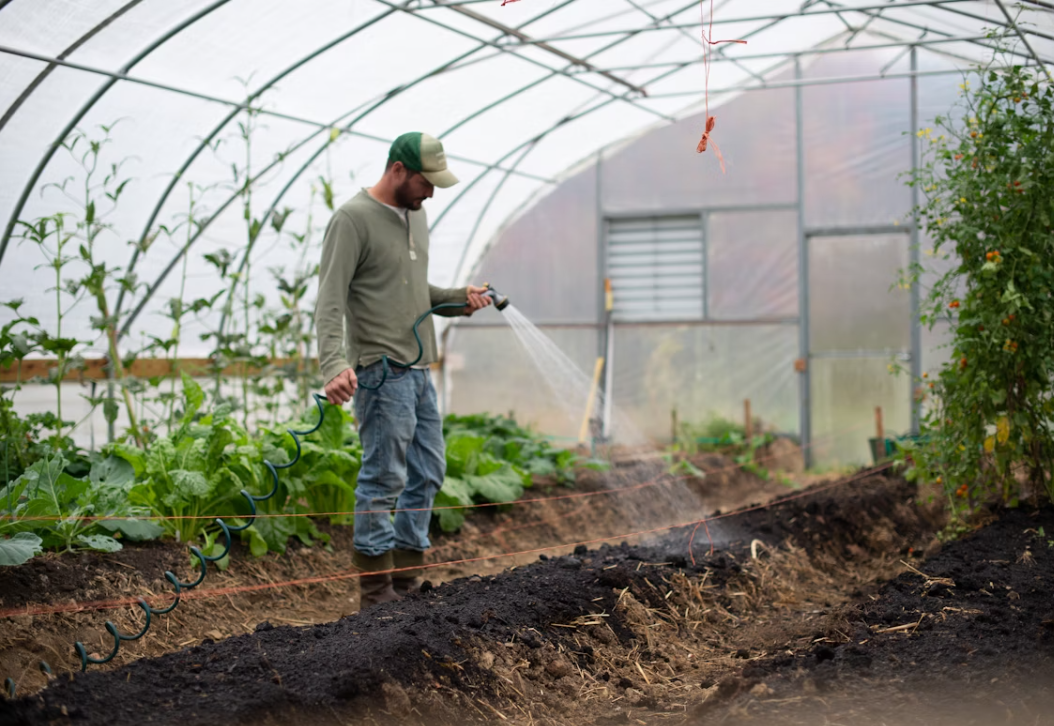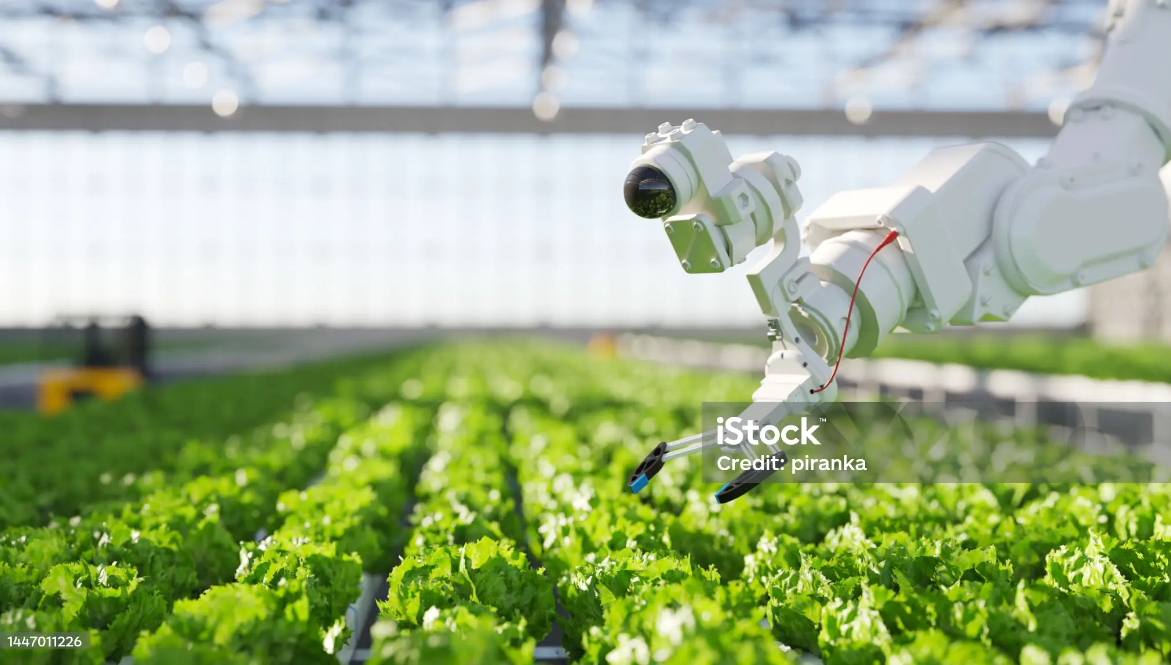Africa is a continent rich in agricultural potential but challenged by unpredictable weather, water scarcity, and limited access to modern farming technologies. For African farmers and agribusinesses looking to improve food production and profitability, greenhouses offer a practical, climate-smart solution.
But with many greenhouse options on the market, the question remains: What is the best greenhouse solution for Africa? This article explores key considerations—such as cost, materials, climate compatibility, and crop type—to help African growers make informed decisions.

African agriculture is facing both immense opportunity and serious risks. On one hand, the demand for food is rising due to population growth. On the other, unpredictable weather, droughts, pests, and poor infrastructure limit productivity.
Greenhouses can solve many of these challenges by:
Protecting crops from excessive heat, rain, or pests
Extending the growing season or enabling year-round farming
Saving water through drip irrigation or hydroponic systems
Boosting crop yield and quality
However, not every greenhouse system fits every region. The best solution depends on:
Local climate (tropical, semi-arid, highland, etc.)
Budget and access to infrastructure
Type of crops (tomatoes, peppers, herbs, flowers, etc.)
Available materials and maintenance capabilities
Here are three popular greenhouse types and their pros/cons for African conditions:
Features:
A cost-effective option made with a steel frame and UV-treated polyethylene film.
Advantages:
Low construction cost
Easy to transport and install
Suitable for vegetables, fruits, and flowers
Ideal for small to medium-sized farms
Challenges:
Shorter lifespan (3–5 years)
Less insulation in cold regions
May need frequent film replacement
Best suited for: Kenya, Nigeria, Tanzania, Ethiopia – especially regions with mild to hot climates.
Features:
A more durable structure with twin-wall or multi-wall polycarbonate panels.
Advantages:
Excellent thermal insulation
Long lifespan (10–15 years)
Withstands heavy wind and hail
Better climate control (ventilation, humidity)
Challenges:
Higher upfront cost
Heavier and less mobile
May need trained installation team
Best suited for: South Africa, Morocco, highland regions of East Africa—especially areas with wind or temperature fluctuations.
Features:
A high-tech system where crops grow in water with nutrients instead of soil.
Advantages:
Saves water (up to 90% less)
Produces higher yields in limited space
Pest and disease control is easier
Ideal for leafy greens, strawberries, herbs
Challenges:
High setup and training cost
Needs power and technical know-how
Not suitable for large outdoor crops
Best suited for: Urban farms, agritech startups, and export-oriented agribusinesses in Kenya, Rwanda, Egypt, or South Africa.

When selecting a greenhouse system, African growers should consider:
A tunnel greenhouse may overheat in extremely hot areas unless equipped with proper ventilation. In colder highlands, a polycarbonate greenhouse helps retain heat and protect crops at night.
Plastic film greenhouses offer the quickest return on investment for entry-level farmers. Polycarbonate greenhouses and hydroponic systems offer better ROI in the long term for commercial-scale operations.
Tomatoes, cucumbers, peppers: work well in tunnel and polycarbonate greenhouses
Leafy greens, herbs: thrive in hydroponic systems
Flowers and specialty crops: benefit from climate control offered by polycarbonate or hybrid systems
Regions with water scarcity should consider drip irrigation or hydroponics. Areas with power issues may require solar-powered ventilation or passive cooling designs.
Many African farmers benefit from modular greenhouses that can scale over time. Start small and upgrade as yields improve.
Some hybrid options include:
Plastic film roof + polycarbonate sidewalls: balance cost and durability
Greenhouses with solar-powered fans or automated irrigation systems
Locally made greenhouses using galvanized steel frames for anti-corrosion
Partnering with an experienced greenhouse supplier who understands African conditions ensures better design, longer lifespan, and fewer maintenance issues.
In Kenya’s Rift Valley, smallholder tomato farmers have adopted tunnel greenhouses with drip irrigation. With just 500 square meters, farmers are producing three times more yield, reducing water use by 60%, and gaining higher market prices due to better crop quality.
This example shows that affordable technology, when paired with training and good design, can transform farming communities.
| Region | Recommended Greenhouse Type | Reason |
|---|---|---|
| West Africa (Nigeria, Ghana) | Tunnel (plastic film) | Cost-effective, scalable |
| East Africa (Kenya, Uganda) | Tunnel or hydroponic | Warm climate + tech growth |
| North Africa (Morocco, Egypt) | Polycarbonate | Weather-resistant, export-ready |
| Southern Africa (South Africa, Zambia) | Polycarbonate or hybrid | Wind resistance, varied temps |
| Highlands (Ethiopia, Rwanda) | Polycarbonate | Heat retention, climate control |

There is no single “best” greenhouse for all of Africa—but there is a best solution for every farmer. By balancing climate needs, crop goals, and budget, African growers can use greenhouses to fight climate risk, boost yields, and build profitable agribusinesses.
If you're looking for a customized greenhouse solution for Africa, we provide durable, climate-smart, and scalable options tailored to your region. Contact us today for a free consultation.

Copyright ©Kunyu Greenhouse Co., Ltd. All Rights Reserved | Sitemap